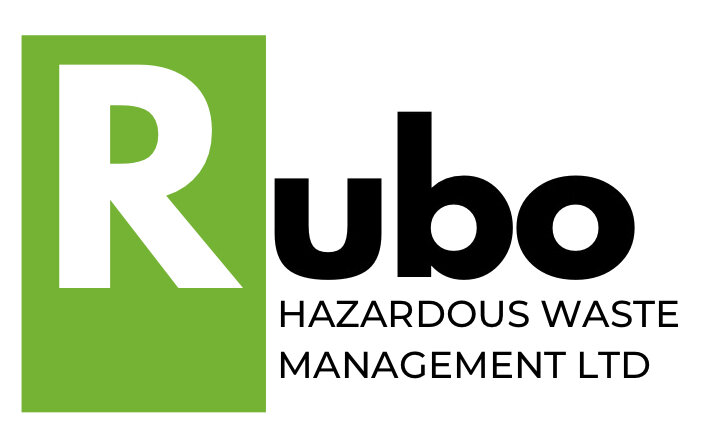Safe and Sustainable Disposal of Nail Varnish Waste in the Scottish Highlands
At Rubo Hazardous Waste Management, we recently completed a significant hazardous waste disposal project for a manufacturing site in the Scottish Highlands. This case study demonstrates our commitment to safety, compliance, and environmental sustainability in managing challenging waste streams.
The Challenge
Our client, a UK-based manufacturer, required assistance with the safe disposal of surplus nail varnish products stored at their facility in Inverbreakie Industrial Estate, Invergordon. The waste, consisting of High Gloss Base MP8215 and AH-0237 BIAB materials, posed significant risks due to its flammable nature (classified under HP3 – Flammable) and potential environmental hazards (classified under HP14 – Ecotoxic).
The materials included components such as ethyl acetate, n-butyl acetate, cellulose nitrate, and propan-2-ol, each carrying regulatory classifications under EC Regulation 1272/2008 (e.g., H225: Highly Flammable, H319: Causes Serious Eye Irritation, H336: May Cause Drowsiness or Dizziness). These properties necessitated stringent handling, packaging, and disposal protocols. The waste was transported under UN Number 1263 (Paint and Paint-Related Materials), adhering to ADR regulations for hazardous goods.
Our Solution
Rubo provided a comprehensive waste management solution, ensuring compliance with all legal and safety standards. Our process included:
Packaging: The waste materials were consolidated into UN-approved steel drums, meeting the requirements for the transport of hazardous materials. This step was crucial for ensuring safety during transit and mitigating risks associated with the waste..
Labelling and Documentation: Proper labelling, including hazard classifications and HP codes, was applied. The consignment was accompanied by a detailed consignment note, ensuring full traceability from the site to the disposal facility.
Transportation: Our licensed hazardous waste carriers transported the materials under controlled conditions to our certified waste-to-energy facility.
Final Disposal: The 16,480 kg of waste was managed through energy recovery, aligning with circular economy principles. The calorific value of the materials was harnessed to generate energy, reducing reliance on fossil fuels and minimising environmental impact.
Teaching Moment: Key Chemical Details
Ethyl Acetate (CAS 141-78-6): A highly flammable solvent used in nail varnish formulations, classified as H225 (Flammable Liquid).
n-Butyl Acetate (CAS 123-86-4): Known for its pleasant odour, this solvent is H336 (May Cause Drowsiness or Dizziness).
Cellulose Nitrate (CAS 9004-70-0): An explosive material that must be handled with care, classified as H201 (Explosive).
Propan-2-ol (CAS 67-63-0): A common solvent with properties classified as H319 (Eye Irritant).
The waste also required careful management due to its HP3 (Flammable) and HP14 (Ecotoxic) properties, which emphasised the importance of proper storage and recovery methods.
The Results
Total Waste Handled: 16,480 kg of hazardous nail varnish waste.
Compliance Achieved: Full adherence to ADR and SEPA guidelines for hazardous waste transport and disposal.
Sustainability Impact: The waste was utilised for energy recovery, reducing environmental impact and supporting a circular economy.
Client Benefits: Risk mitigation, regulatory compliance, and a sustainable disposal outcome.
At Rubo, we specialise in managing complex hazardous waste streams, ensuring compliance, safety, and sustainability.
